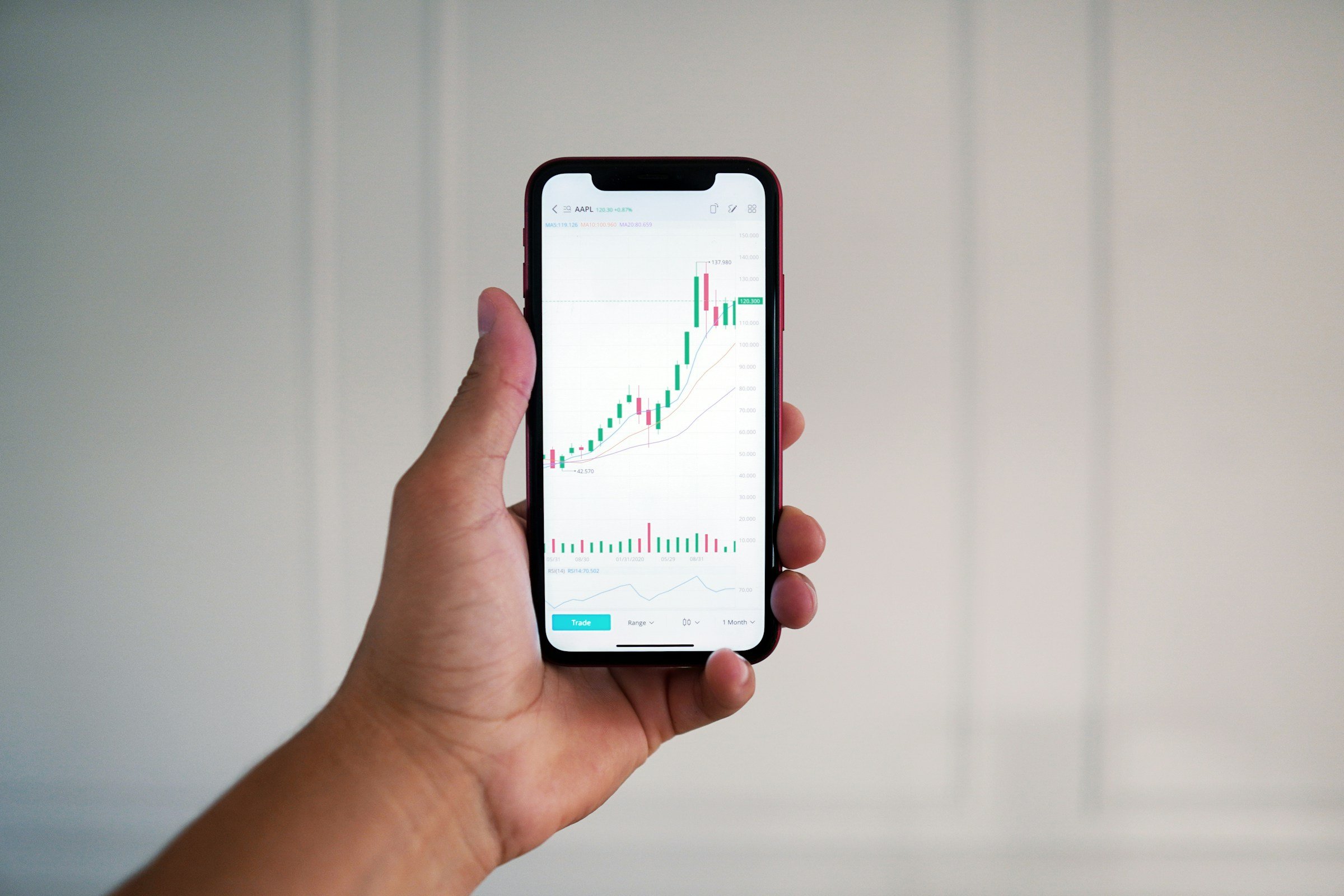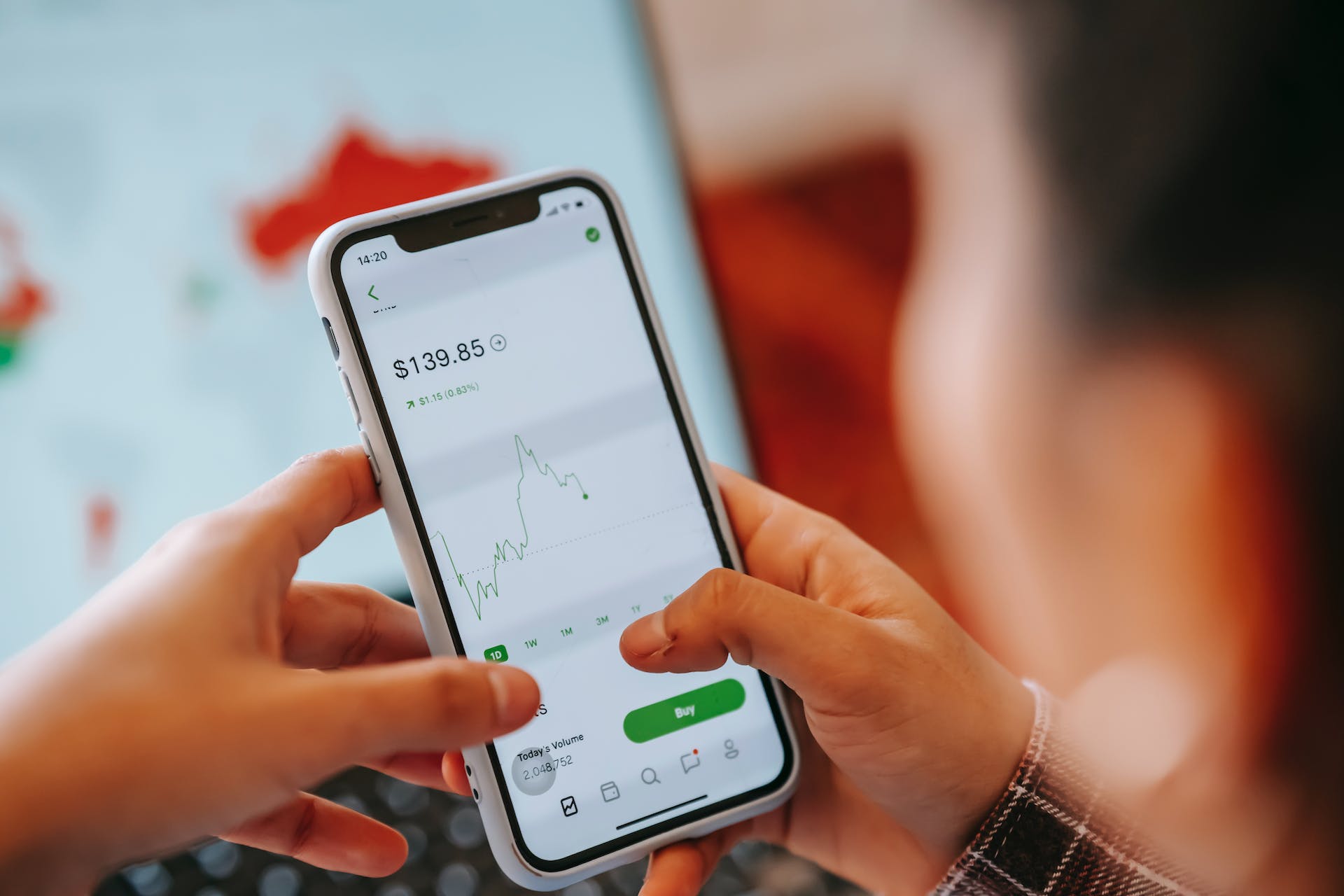If you’re curious about how to become a day trader, you’re not alone. The fast-paced world of day trading can be appealing to anyone interested in the chance to make quick profits by buying and selling stocks within the same day. While it can be a lucrative career, day trading requires discipline, knowledge, and a well-thought-out strategy.
Let’s break down how to become a day trader, including what skills you’ll need and how to jumpstart your journey.

What Is Day Trading?
Day trading is the practice of buying and selling assets — such as stocks, options, or futures — within the same day. Day traders want to profit from small price movements in highly liquid markets. Long-term investors may hold assets for months or years. Day traders exit their positions by the end of the day to avoid overnight market risks.
Day traders rely on market news and technical analysis to identify trading opportunities. You’ll need to be able to make decisions on the fly and manage risks while executing deals quickly. Even small price changes can lead to significant profits or losses when you are dealing with a large volume of an asset.
How to Become a Day Trader
Here’s how to become a day trader in a few basic steps.
Learn the Basics
Make sure you understand the basics of the stock market. Familiarize yourself with key concepts like supply and demand, indices, and how various economic factors can influence stock prices. You’ll also need to understand different types of trading strategies.
For instance, scalping involves making several small trades throughout the day. You’ll purchase a commodity, wait for a slight price increase, and quickly sell off your shares. Swing trading is another common practice that involves holding positions for a few days.
Momentum trading is one of the most popular day trading tactics. It involves dealing in stocks that are trending hard in one direction. After you learn the ins and outs of these tactics, you can identify the approach that best aligns with your goals and risk tolerance.
Invest in Education
There are tons of great resources available that will help you learn how to become a day trader. Explore online courses and tutorials. However, you should always make sure the assets were created by a reputable person or company with meaningful success in the stock market.
Platforms like Gorilla Trades can be invaluable as you learn to be a day trader. The founder thrived as an investor and has shared his knowledge with others for over 25 years. You’ll receive actionable tips and analytics data to help you find the right assets for your trading strategy.
You should also read books on day trading to learn more about managing risks and various trading strategies. Again, make sure you look into the author’s background before purchasing their books or courses.
Choose the Right Day Trading Platform
A reliable trading platform is essential, as you need to be able to execute deals fast and access real-time market data. You’ll want a platform that offers advanced charting tools and low fees. Find out how many order types a solution offers before creating your account or depositing any money.
Many of the best platforms offer demos for practice. Take advantage of this offering and experiment with trades in a risk-free environment. These tools help you gain experience without risking your hard-earned money.
Once you’ve logged some practice hours and are confident in your understanding of the trading process, create a live account and start executing deals.
Start Small and Build Your Confidence
It’s tempting to jump into day trading with large amounts of capital. However, that can often be a mistake for beginners. Start with a small investment you can afford to lose. No matter how confident you may be, it’s important to remember that the stock market can be volatile and unpredictable.
Lead with revenue. As you gain experience and earn profits, gradually increase your deal sizes.
You won’t become a top day trader overnight. It can take months or even years to develop the skills and confidence needed to become consistently profitable. Be patient with yourself and continually review your performance. Carefully track your wins and losses so you can get better.
Develop a Strategy and Stick With It
One of the most important aspects of day trading is having a strategy and sticking to it. Your trading strategy should include:
- Risk management
- Entry and exit points
- Stop-loss orders
Risk management involves setting a limit on how much you are willing to lose on any trade. Many investors follow the 1% rule. You should never risk more than 1% of your money on just one investment.
Make sure you set the price you’ll buy and sell at before purchasing any asset. Stick to these thresholds.
Entry and exit points can help prevent you from buying a stock at a price that is too high and discourage you from holding onto shares in hopes of making a little more money. If your exit point is $5 per share, sell as soon as your stocks hit that threshold.
Stop-loss orders are one of the most valuable tools for any day trader. These tools minimize losses in case the market takes a negative turn.
Master Technical Analysis
Day traders primarily use technical analysis to make decisions. You’ll need to study charts and use indicators like moving averages and the relative strength index (RSI) to predict price movements. Understand chart patterns to spot trends and set your entry points.
Mastering technical analysis represents one of the biggest challenges of day trading. The good news is that you don’t have to navigate this stage of the journey alone. Platforms like Gorilla Trades provide you with actionable intelligence that you can use to guide your purchasing decisions and mitigate risks.
How Long Does It Take to Become a Profitable Day Trader?
You have to be dedicated and diligent if you want to succeed as a day trader. Around 40% of day traders quit after one month. However, that is not enough time to familiarize yourself with the nuances of day trading.
There aren’t any clear-cut timelines for becoming a profitable day trader. Your journey will vary depending on:
- How much time you dedicate to learning
- Your natural aptitude for trading
- Your ability to manage risk
- The quality of your educational resources
Some traders may rack up a few quick wins within the first month or two. Others may take a year or more to build momentum.
Either way, it is important to manage risk and follow the 1% rule. While limiting your deals to 1% of available capital can reduce your profits, the rule also helps prevent you from losing too much cash on a single bad deal.
Overinvesting capital before you’ve gained enough experience can lead to some big losses and discourage you from continuing your day trading journey.
Be patient, and don’t try to rush the process. Use proven tools like Gorilla Trades and choose a user-friendly platform that will support your long-term growth as a day trader.

Try Gorilla Trades for Free
For more than 25 years, Gorilla Trades has provided clients with stock recommendations, focusing on assets with explosive potential.
Our platform also offers guidance on where to set your stop loss levels and when to sell so you can earn more without taking on too much risk. Take a free trial of Gorilla Trades today and start your day trading journey.




